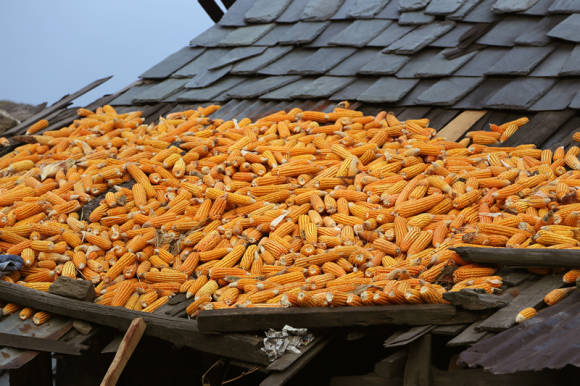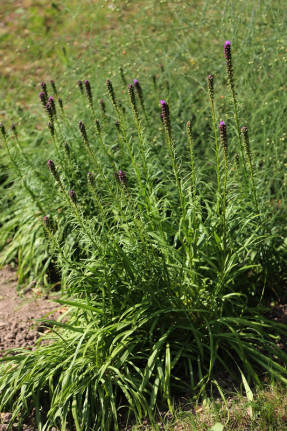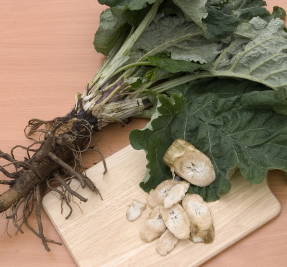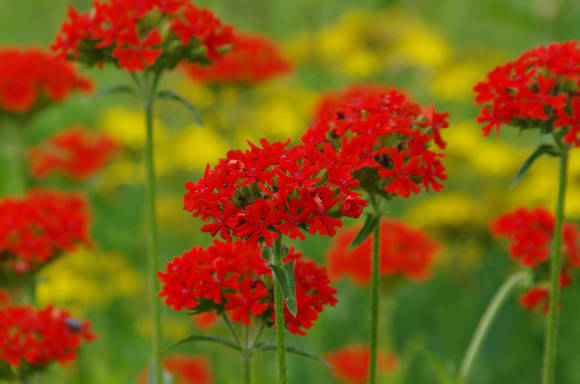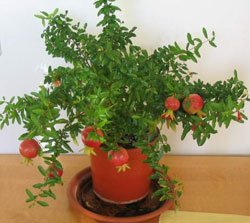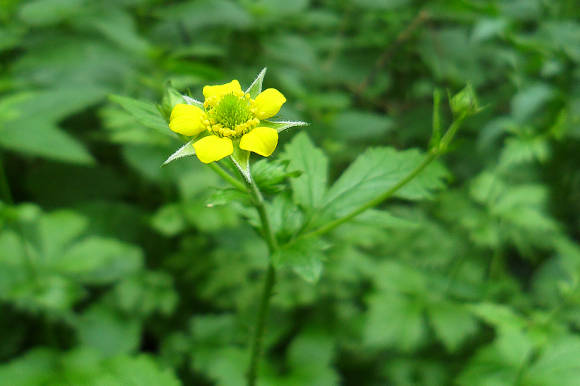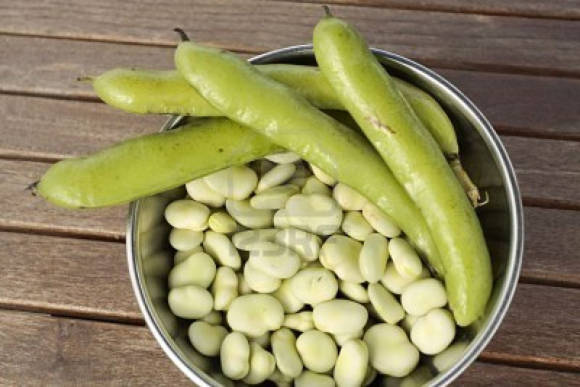
Trillium recurvatum
My meeting with the trillium took place several years ago on the site of a rather middle-aged and experienced gardener. If we recall that in those years, almost 30 years ago, in the gardens one could see traditional daisies, dahlias, rather uninteresting peonies, sometimes delphiniums, phlox growing in rows in the beds, then the miracle I saw, called the trillium, was not forgotten. A whorl of leaves, consisting of three lobes, on a low stem, a three-lobed flower. But what a flower it was - a huge, pure white! He simply mesmerized me, dreamed at night, I was ready for a lot just to get this flower. Later, many species and varieties of trillium with white, red, yellow, green flowers became known to me. But the first one still stands before our eyes.
Among the many forest flowers, trilliums stand out for their mystery, originality, and harmony of form. After all, they have only three - three leaves, three petals, three sepals, a three-celled ovary. Hence the unusual name TRILLIUM from the Latin word "tria" - "three".
In culture, trilliums have been known since the 16th century, but despite all their attractiveness, they are still rarely found in our gardens. Probably, the reason for this was the difficulty of their reproduction. Although there are usually many viable seeds, the embryo in them is underdeveloped. It takes at least two to three years for all trilliums to fully develop the embryo and germinate seeds. This feature is typical for many ancient forest plants, including trillium.
Previously, trilliums belonged to the lily family, but now a separate family is distinguished - trilliums. The genus includes about 30 species that grow in the moist rich deciduous forests of East Asia and North America. It is a perennial herb with a vertical tuberous rhizome and a mass of taproots. The straight stem is usually 20-40 cm high.
Trilliums are stenotopes, i.e. plants growing in strictly defined ecological conditions. They need moist forest soils under the canopy of broad-leaved species such as linden, maple, chestnut, ash, oak, etc. A layer of forest litter is required. Here in early spring, when the leaves on the trees have not yet blossomed, and diffused light reigns in the forest, it is humid and cool, trilliums bloom. Together with anemone, crested beetles, kandyk and other early spring forest plants, they create a bright, colorful, but short-lived carpet. But unlike most forest ephemeroids (i.e., vegetating only in spring), trilliums retain their leaves until the end of summer, when in August-September their seeds ripen.
An important indicator that allows you to distinguish between different types of trilliums is the position of the flower. In some species, the pedicel is absent, the flowers seem to sit on the leaves; in others, the flower is located on a straight peduncle and faces upward, and in some, the pedicels are drooping and the flowers are turned to the ground. The main trillium species that have performed well in our gardens are native to the dark, moist deciduous forests of eastern North America.
Wavy trillium(Trillium undulatum). Stem height 20-40 cm, leaves are thin, oval, 5-10 cm long; sepals are shorter than petals. Petals are white, with veins and a purple base, oval, with a wavy edge. A flower up to 4 cm in diameter looks up, on a straight peduncle. It blooms late, in late May-early June, the seeds ripen in September.
Trillium grandiflorum(Trillium grandiflorum). This is perhaps the most beautiful trillium, because its flower is large, up to 8 cm in diameter, the petals are white, with a wavy edge on a straight peduncle and directed upwards. The perianth is pinkish or pink. Leaves are rhombic, 8-12 cm long. Blossoms in mid-late May, seeds are formed by September, can self-sow.
The terry shape of this flower looks very unusual. Slightly wavy petals are arranged in several rows, creating the image of a delicate wavy cloud.
 |  |
| Trillium undulatum | Trillium grandiflorum |
Trillium bent, it is also called flipped (Trillium recurvatum), differs in spotted elliptical leaves, above which a flower rises with straight elongated (up to 2-3 cm) petals ending in a claw. The color of the petals is brownish-purple. Blooms in late May.
Trillium upright(Trillium erectum) quite stable in culture, therefore it has been known for a long time (since 1635. Its natural forms with white, dark red and greenish flowers are very interesting. The stem is erect, the leaves are petiolate, rhombic. Their width and length are the same. The pedicel is short - 2-10 cm The flower looks upward, the petals are oval-lanceolate, 2-4 cm long, equal to the sepals This species also blooms in May.Fruits by September, is capable of self-seeding.
Its variation with white flowers is interesting. It is pure white, and, unlike the large-flowered trillium, the petals do not turn pink at the end of flowering. The petals are narrower, pointed in shape.
Trillium bore(Trillium flexipes) collectors know only recently, although this species was described as early as 1840. The rhizome of this trillium is not located horizontally, like all trilliums, but at an angle. Leaves are sessile, slightly rhombic, with a long peduncle that bends at an angle of 90 ° C directly under the flower so that it looks almost horizontally. The petals of the flower are slightly bent and are of pure white color without shades, with a dense texture and noticeable veins. True, this species has many options and some of the signs may not be observed.
 |  |
| Trillium erectum | Trillium flexipes |
Trillium yellow(Trillium luteum). This species has leaves with pronounced spots and a sessile flower with slightly twisted yellow petals and green sepals.

Trillium luteum
Trillium of Gleason(Trillium gleasoni) about 40 cm high. The leaves are wide-rhombic. A flower on a drooping pedicel with white, rounded petals. Sepals are lanceolate.
Trillium sedentary(Trillium sessile). He is one of the first to bloom. The leaves are rounded, petiolate, the flower is brown-purple, with ascending narrow petals, the sepals are spread out, lanceolate. I really love this type of trillium, for some reason I associate it with a burning torch. It seems to me that the petals are like dark tongues of flame going up. His seeds ripen in late August-September, but self-seeding was not observed.
Trillium snow(Trillium nivale). It blooms very early, sometimes shoots make their way through patches of snow that have not yet melted. The plant is low, from 8 to 15 cm. The leaves are wide, elliptical, without petioles. The pedicel is straight, short - 1-3 cm. The flower is white, looks up, the petals are oval, the sepals are shorter than the petals.
 |  |
| Trillium nivale | Trillium cernuum |
Trillium wiltedTrillium cernuum) grows naturally in damp forests. Leaves are rhombic-rounded, on short petioles. The short stalk is curved and directs the flower downward. The flower petals are white, with long bright anthers protruding from them. This species blooms later than others, sometimes until mid-June.
Trillium green(Trillium viride) 20-50 cm high. Leaves are lanceolate, sessile, spotted, sessile flower. It has wide, rising sepals, which seem to support the also rising brown-purple petals. The flower looks exotic enough. Gives self-seeding.
Trillium ovoid(Trillium ovatum) grows in nature in forests in mountain gorges. It is distinguished by the pale green color of the leaves, with pronounced veins and white, then turning pink flowers.
One of the new types of trillium described in 1984 is Trillium sulcatum(Trillium sulcatum). This plant reaches a height of 50-55 cm, has a large red or burgundy-red flower, located above semicircular leaves, on a peduncle up to 10 cm. In nature, its white form is also found.
 |  |
| Trillium sessile | Trillium camschatcense |
 |  |
| Trillium viride var. luteum | Trillium ovatum |
In our country, trilliums grow in the temperate zones of the Far East. The most famous and unpretentious is Trillium Kamchatka, or rhombic(Trillium camschatcense). It grows in coniferous and birch forests and meadows. The plant is 15-40 cm tall, has a thick rhizome, short, obliquely sitting. The stem is ribbed, straight. Leaves are sessile, broadly oval-rhombic, pointed. Below is matte green. Pedicel erect, 9 cm. Sepals are light green, oblong.The petals of the flower are dazzlingly white, oval. Yellow stamens and a pistil with a dark red stigma look very beautiful against the background of white petals. The ovary is oval, three-winged. Interestingly, the fruits are edible raw but not tasty. This species blooms for a long time - up to 15 days. The fruits ripen in late August and early September.
All the species described are graceful plants that decorate the garden in spring, provided that they are grown in shaded, humid places with loose fertile soils. A trillium bush can grow in one place without dividing and transplanting up to 25 years. Trillium is propagated most often by dividing the bush in August.
I think those who have these lovely plants in the garden always admire their unique beauty with pleasure.
